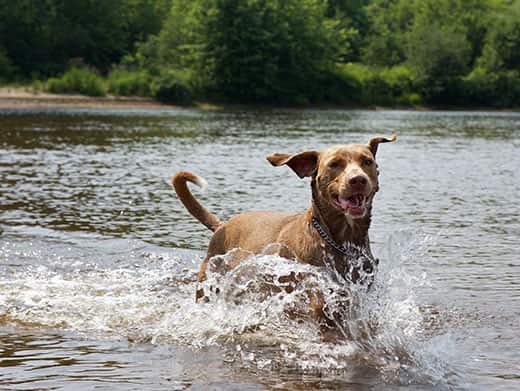
-
Find the right food for your pet
Take this quiz to see which food may be the best for your furry friend.
Find the right food for your pet
Take this quiz to see which food may be the best for your furry friend.
Featured products
 Adult 7+ No Corn, Wheat, Soy Chicken & Brown Rice Dog Food
Adult 7+ No Corn, Wheat, Soy Chicken & Brown Rice Dog FoodSupports energy level and beautiful coat in mature dogs
Shop Now Adult Perfect Weight & Joint Support Chicken Recipe Dry Dog Food
Adult Perfect Weight & Joint Support Chicken Recipe Dry Dog FoodThis weight management and mobility support dog food was created with Hill’s unique understanding of the biology of overweight dogs.
Shop Now Adult 7+ Perfect Digestion Chicken, Whole Oats & Brown Rice Recipe Dog Food
Adult 7+ Perfect Digestion Chicken, Whole Oats & Brown Rice Recipe Dog FoodScience Diet's breakthrough nutrition supports ultimate digestive well-being & healthy microbiome for dogs age 7+
Shop NowFeatured products
 Adult Savory Chicken Entrée Cat Food
Adult Savory Chicken Entrée Cat FoodPrecisely balanced nutrition with the delicious taste of savory minced chicken to help fuel the energy needs of cats during the prime of their life
Shop Now Perfect Weight Salmon & Vegetable Canned Cat Food
Perfect Weight Salmon & Vegetable Canned Cat FoodOver 70% of cats lost weight within 10 weeks when fed this nutrition
Shop Now Adult Perfect Digestion Chicken, Barley & Whole Oats Recipe Cat Food
Adult Perfect Digestion Chicken, Barley & Whole Oats Recipe Cat FoodScience Diet's breakthrough nutrition supports ultimate digestive well-being & healthy microbiome
Shop Now -
Dog
- Dog Tips & Articles
-
Health Category
- Weight
- Food & Environmental Sensitivities
- Urinary
- Digestive
- Joint
- Kidney
-
Life Stage
- Puppy Nutrition
- Adult Nutrition
- Senior Nutrition
Cat
- Cat Tips & Articles
-
Health Category
- Weight
- Skin & Food Sensitivities
- Urinary
- Digestive
- Kidney
-
Life Stage
- Kitten Nutrition
- Adult Nutrition
Featured articles
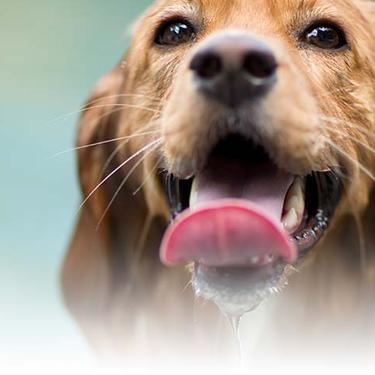 Water
WaterDiscover why water is the most important nutrient for your dog or cat to live a healthy life. Find out how much water your pet should consume each day.
Read More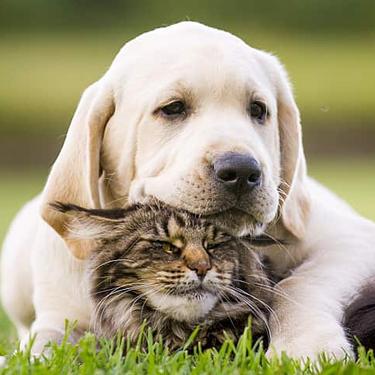 The Incredible Science Behind Your Pet's Microbiome
The Incredible Science Behind Your Pet's MicrobiomeLearn what a pet's microbiome is, how it contributes to your pet's gut & overall health, and why nutrition is important in maintaining healthy microbiomes.
Read More Pet Food Storage Tips
Pet Food Storage TipsDiscover how and where to store your dry, as well as canned, dog and cat food. Learn how to find the "best before" dates on all Hill's pet food packaging.
Read More -
Find the right food for your pet
Find the right food for your pet


It's summertime and traveling with dogs in cars is likely happening more frequently; so is that smell of wet dog. The wet dog smell isn't one that most people enjoy, so rather than avoid car travel with your dog, try these ideas and techniques for preventing and treating wet dog smell.
Get to the Root of the Problem
That wet dog smell is caused by bacteria that thrives in moisture. Drying your dog with a dryer is the most effective way to get the fur dry down to the skin and reduce bacteria growth. Towel dry before getting in the car and then use a dryer as soon as you get home.
Start Smart
Brush your dog before he jumps in the water. Brushing will reduce the hair that accumulates when traveling with dogs in the car. Additionally, those few strokes will prepare your dog's skin and coat to react better to getting wet and drying quickly. PetMD advises to use a brush that works best with your breed and is gentle on your dog's skin.
Super Seat Cover
One way to easily get rid of the wet dog smell in your car is to use a giant old sheet to cover the back seat of your car. You can tie the ends to the backs of the front seats and keep all the wetness and odor contained on the sheet. When you get home, just pull out the sheet and place it in the laundry!
Must Haves for Traveling with Dogs in Car
It's a good idea to keep a small container in your car trunk for unexpected wet dog incidents. Place these items in a container with a lid: two towels, baking soda, and white vinegar. Dry your dog with one of the towels and then put a mixture of 50:50 vinegar and water on his coat and dry some more, working the vinegar (note that vinegar may be slightly irritating to some dog's skin, so testing a small patch on your dog's skin to assess for reaction before use on his entire coat/skin is important) into his skin. This will help kill bacteria and the smell of vinegar will fade in a few minutes. Drive with the windows down to dry your dog and your seats. Finally, when you get home, sprinkle some baking soda on your seats and carpets to absorb moisture and odor, and vacuum as soon as possible. OR, you can leave a small box of baking soda open in your car overnight to absorb odor.


Tasty Tips
Pamper and Prevent
By bathing your dog every ten to fourteen days you can actually help prevent natural oil buildup that can make a wet dog smell worse. If you notice your pup's skin gets irritated by bathing or from irritants outside, use an all-natural dog shampoo and consider switching to a dog food that is formulated for skin health.
When All Else Fails, Try Charcoal
Crumbled charcoal works well at absorbing odors. If you have a dark interior, let the crumbled charcoal sit in the car overnight and then vacuum up with a wet/dry vacuum in the morning. You can also put a few pieces of charcoal in an empty coffee canister, and poke a few holes in the lid to allow the moisture to make its way to the charcoal. This will help reduce the mess of having charcoal in your car.
Wet dog smell doesn't have to take over your car if you try these easy methods to prevent and treat the odor. So, get out there and have a blast with your pal!


Chrissie Klinger is an educator, writer and mother of two children, three dogs and three cats. Her dog Jake loves sitting on her lap every chance he gets! She enjoys living an active and eco-friendly lifestyle in rural Pennsylvania.
Related products

Science Diet's breakthrough nutrition supports ultimate digestive well-being & healthy microbiome for dogs age 7+

Delicious braised beef paired with tender vegetables in a succulent stew

Supports energy level and beautiful coat in mature dogs

This weight management and mobility support dog food was created with Hill’s unique understanding of the biology of overweight dogs.
Related articles
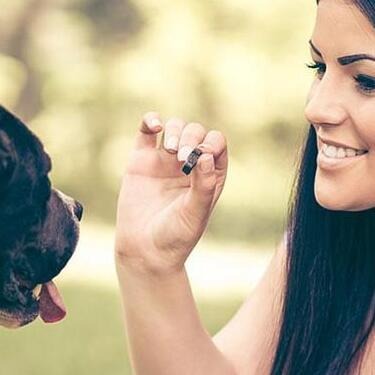
Proper nutrition for your pregnant or nursing dog is vital to her and her puppy's health. Learn what you should do provide her with the proper nutrients.
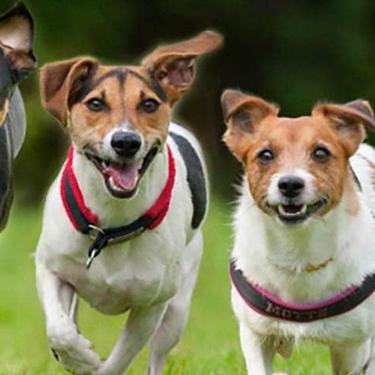
Learn about Hill's puppy food and the nutritional benefit & high quality ingredients that it contains for your pup.

Understand the role that Omega-6 and Omega-3 fatty acids play in your dog's overall health, and how you can ensure they are getting enough.

Large and giant breed puppies have different nutritional needs than other dogs. Learn how to provide the special care they need to grow up big and strong.

Put your dog on a diet without them knowing
Our low calorie formula helps you control your dog's weight. It's packed with high-quality protein for building lean muscles, and made with purposeful ingredients for a flavorful, nutritious meal. Clinically proven antioxidants, Vitamin C+E, help promote a healthy immune system.
Put your dog on a diet without them knowing
Our low calorie formula helps you control your dog's weight. It's packed with high-quality protein for building lean muscles, and made with purposeful ingredients for a flavorful, nutritious meal. Clinically proven antioxidants, Vitamin C+E, help promote a healthy immune system.


